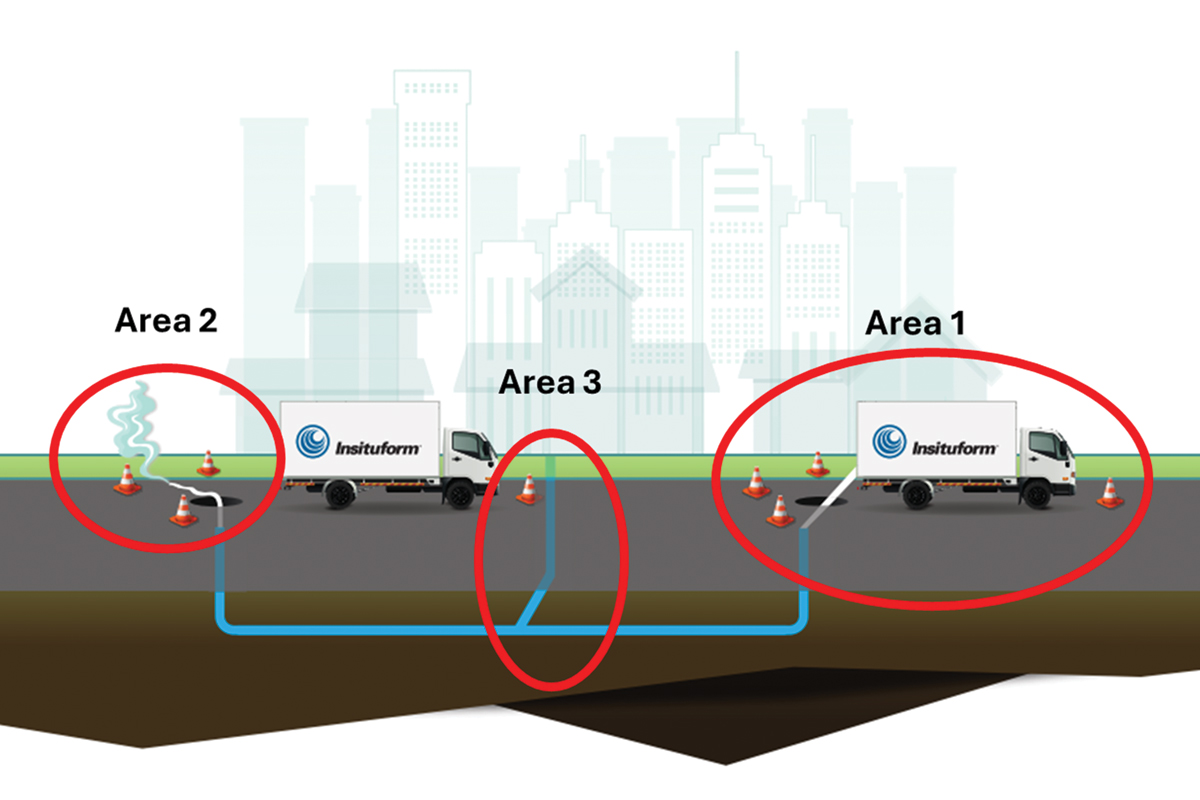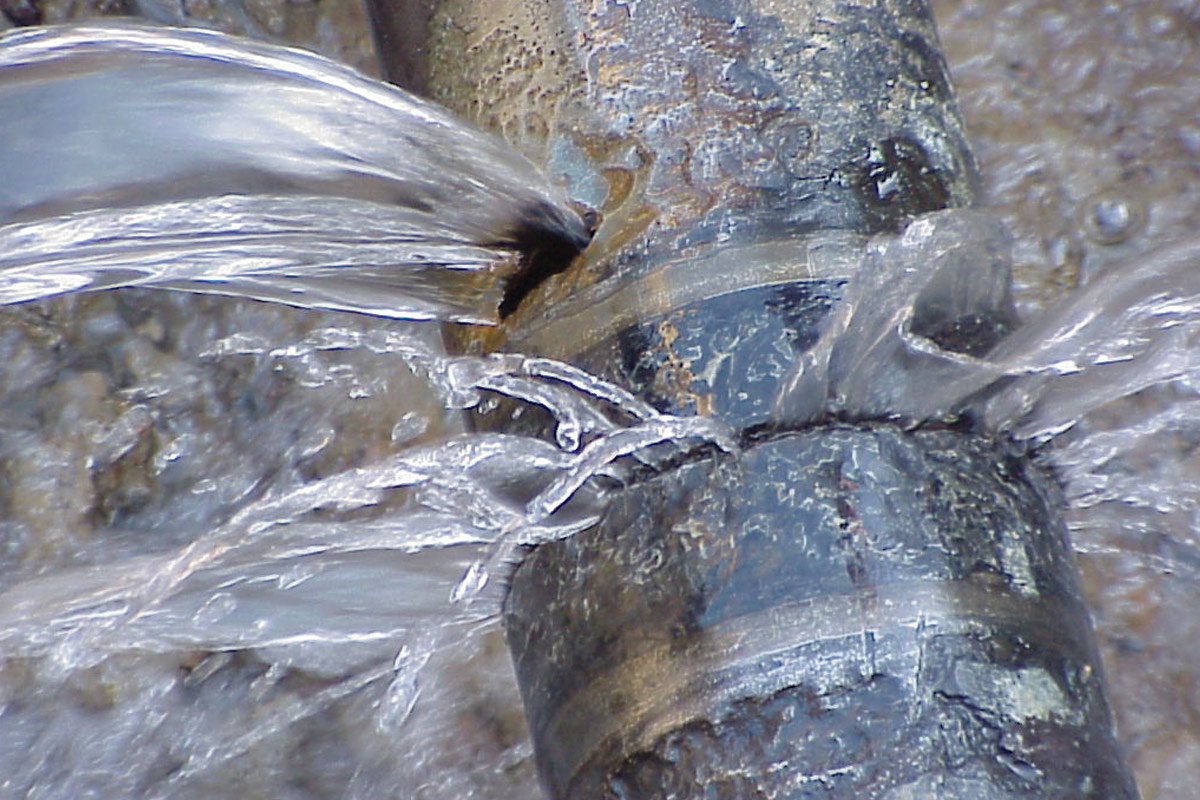
Composite Manhole Covers: The Next Step in Manhole Protection
September 8, 2015
If you’ve spent any time working in the infrastructure industry, material names such as PVC, HDPE, resins, CIPP, epoxy and fiberglass are common. So why has just about every structure in our sewer system been re-engineered and designed using these types of materials except for the manhole cover?I would assume the old cliché “If it ain’t broke, don’t fix it” would be one of the first reasons, but our manholes are broke and we do need to fix them. In fact, in 2008, an article in Trenchless Technology reported that the United States had nearly 20 million manholes, with approximately half installed before 1960 and are nearing or exceeding their design life, according to the U.S. Environmental Protection Agency.
Another contributing factor slowing the use of new materials in the manhole market is a lack of a viable, commercialized product available in the United States. Today, however, there are alternatives — notably composite, non-metallic manhole covers.

Corrosion is a major cause of failure of metal products used in sewer systems, so material selection becomes extremely critical when designing systems that can withstand such harsh environments.
Background
The first U.S. patent for a manhole cover was issued to Henry Smith Jr. in 1870 — almost 150 years ago —and that old technology is still what we most commonly use today. If you thought about scope of the advancements that have been made since 1870, you would conclude that there would be more options available. Oftentimes, it’s the simplest things that are overlooked. However, the moment we stop improving, is the moment we stop moving forward.
So, what are the issues with the manhole covers that have been in use for the last century and a half? Here’s a brief list:
• Corrosion/ Seizing
• Theft
• Weight/Injury
• Inflow leaks
• Lower quality
• High Carbon Foot Print
• Limited Options
Addressing Concerns
Corrosion is a major cause of failure of metal products used in sewer systems, so material selection becomes extremely critical when designing systems that can withstand such harsh environments. The majority of all manhole covers are made from cast-iron and when exposed to corrosive sewer environments that contain H2S gases, the cast-iron will deteriorate rapidly. This can cause the ring and cover to seize, making difficult — if not impossible — to open the cover without breaking it open with a sledge hammer. This can destroy the cover, which then requires replacement of the same cast-iron again — somewhat of a vicious cycle.
The world is facing one of the largest pandemics of metal theft in our history due to the demand for metal and recycled metals. By using materials that do not have a scrap metal value would deter millions of dollars of theft. Often the replacement cost isn’t the biggest or costliest liability, it’s the safety risk of having an exposed open manhole to the public.
The weight of the typical cast-iron manhole cover can be from 175 to 300 lbs. This far exceeds the 50-lb OSHA limits on lifting for lower back injuries. As larger openings are needed to come up to OSHA codes for confined space entry, the weight will only increase, making it harder to handle these covers, which will also increase safety risk factors.
Most existing cast-iron manhole cover units do not have built-in means to prevent inflow leaks. When you talk about millions of manholes, all of those small leaks add up to billions of gallons of extraneous water entering our sewer systems annually, resulting in unnecessary treatment expenses. This item alone could very well justify replacement or an upgrade in manhole covers — not to mention it’s likely beyond its design life.
Lower quality metals are and will be an issue we have to deal with from here on out due to the world’s demand on reusing scrap metal and recycling governmental initiatives/policies. While reusing old, un-used metal may sound like a great idea, it has some unintended consequences. Old metals have rust, oxides and various other containments in them. Once metaled back into new products, those containments accelerate the deterioration of the product, which accelerates the replacement of the product. This may lower the initial cost of the product, but it just doesn’t last as long and actually results in a diminished long-term return on investment and essentially creates the opposite effect of the “green” purpose.
Lessening our carbon footprint — or becoming more “green” — is a growing trend and something that we have to accept in the construction market. Recognizing that, the use of cast-iron products is very “un-green.” To create cast-iron, tons and tons of earth must be mined, refined and processed before casting process can even begin. Once in process, heating and handling places a large demand on energy through the metaling stage. The transporting of mass volumes of raw materials and finished product is also a huge carbon impact due to the sheer weight that requires larger industrial and commercial vehicles.
Cast-iron products have limited options vs. composite materials that can be made of many configurations, material combinations, colors and customization, due to the unique properties of thermal plastic technologies available today.

The fact that this is a new type of product means that more in-ground, long-term case studies are needed to garner more credibility, which just takes time.
Moving Forward
When you combine all these advantages of what composite manholes can be, you have just engineered a solution product that has removed the majority of all the negative aspects of the traditionally used product. This is truly a technological advancement that benefits the end users, as intended. Many accessory products have been created over the years to enhance and deal with the issues of cast-iron manhole covers, but now we have a complete packaged unit with all these built-in options.
What is the future of this type of composite manhole? The raw materials that composite manholes are made of have already proven to be highly durable, lighter, stronger and corrosion resistant. The fact that this is a new type of product means that more in-ground, long-term case studies are needed to garner more credibility, which just takes time. In side-by-side testing, these composites have shown to be just as or stronger than cast-iron products using accepted design criteria such as AASHTO’s M-306 load testing for traffic rating. Educating the engineering community and decision-makers on this new type of product is essential, in addition to product evaluations by system owners by conducting pilot projects to prove the product’s merit.
I firmly believe and envision composite manhole covers will become a standard construction product just like PVC pipe and high-density plastic water meter boxes have become standard across the industry due to the overwhelming benefits of the composite material properties. Like any product, there are expectation and limitations. Composite manhole covers will have their proper place and over time they will find their way onto the jobsite. In fact, NASSCO, in conjunction with industry manufactures, will have standard specs shortly.
Eric Dupré is president of BlueGreen Municipal Solutions, a division of Southern Trenchless Solutions. He is a NACE member and committee chair, an SSPC Certified Concrete Coating Inspector, and a member of the Trenchless Technology Industry Advisory Board (IAB).
Sources:
1. http://www.sewerhistory.org/grfx/components/mhcvrhist1.htm
2. http://docslide.us/documents/2008-manhole-guide.html




